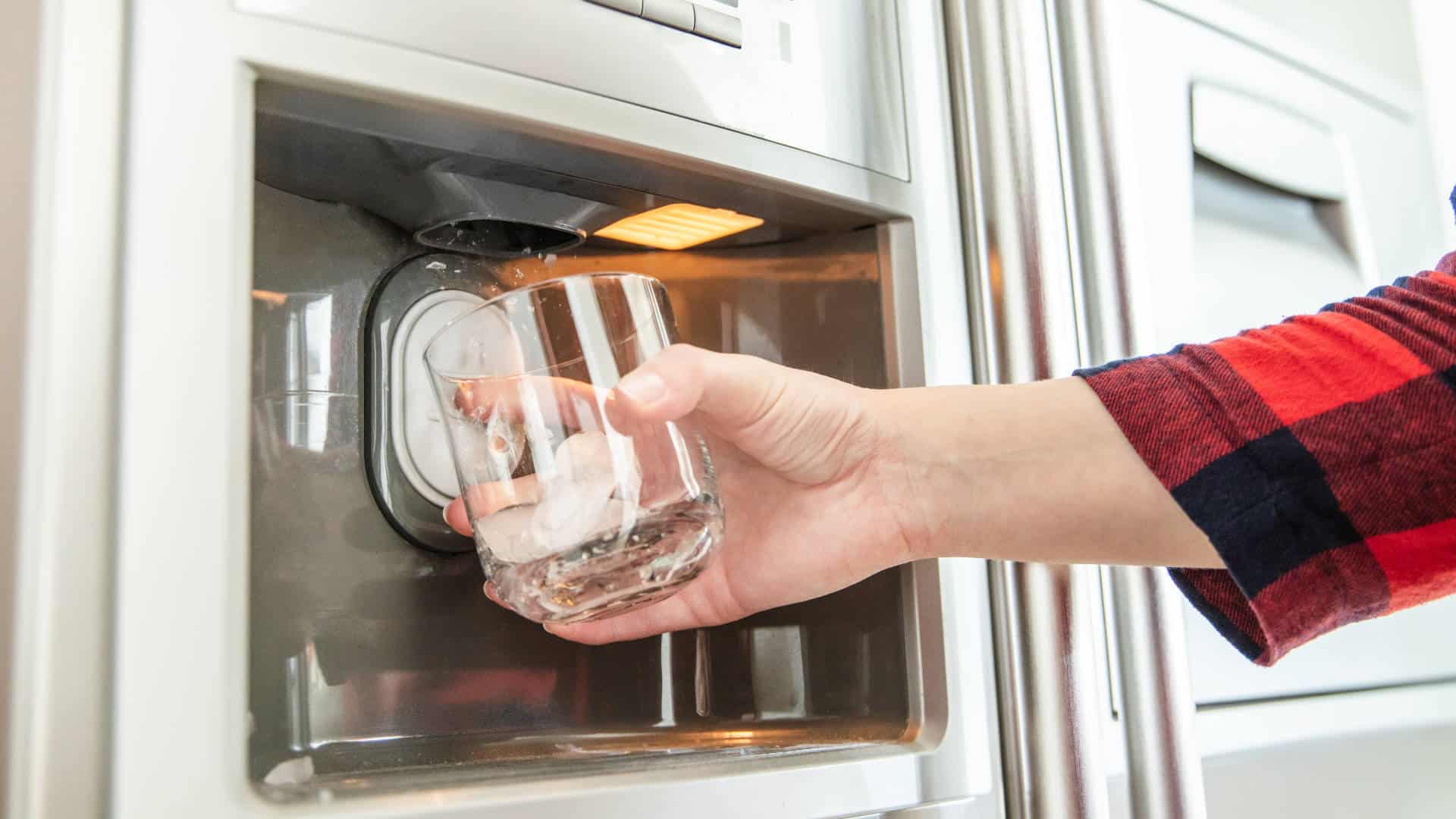
As much as we love the convenience of a refrigerator with an ice maker, the convenience can often be overshadowed by issues that stop it from working. However, if your ice maker is not working, there is no need to panic, as in most cases, there is a relatively simple solution. Read on to find out the most common causes and how to fix them.
This guide applies to the following GE models:
1993LPO
90280JC
90280JD
90280JE
90280JF
90288JC
GSS25QGSCBB
GSS25QGSCCC
GSS25QGSCWW
GSS25QGTBBB
GSS25QGTBCC
GSS25QGTBWW
PSF26NGNABB
PSF26NGNACC
PSF26NGNAWW
PSS25MGNABB
PSS25MGNACC
PSS25MGNAWW
PSS25NGNABB
PSS25NGNACC
PSS25NGNAWW
1. Is the Ice Maker On?
This simple solution is more common than most people would want to admit. Most GE ice makers have either an on/off switch or a mechanical arm that needs to be down for the ice maker to work. Depending on the model, the on/off switch may be located on the ice maker or be accessed through the refrigerator’s digital display. If you have a digital display, check that the “ice on” icon is selected, and also check that the child lock feature has not been enabled.
2. Is There a Diagnostic Function?
Some GE refrigerators will have a diagnostic function that may be able to identify the problem for you. Check the refrigerator’s manual or tech sheet for instructions to operate the diagnostic mode and interpret the results.
3. Reset the Ice Maker
Sometimes, an issue with the ice maker can be solved by performing a reset. Of course, if a defective part is causing the issue, the part will still need to be repaired or replaced. Often the ice maker will have a reset button or a way to reset it through the digital display panel. Other models may have a “test” button or a place to insert a pin to reset the ice maker. Turning the power to the refrigerator off for five minutes can also reset the ice maker. Check the refrigerator’s manual for ice maker reset instructions.
4. Check the Mechanical Arm
As mentioned above, if your ice maker has a mechanical arm, it needs to be down for the ice maker to work. The arm can also fail if the arm’s spring has broken. Check the arm for signs that the spring has broken, and replace the arm if it is found to be defective.
5. Check the Water Filter
Another simple and often overlooked solution is that the water filter needs to be replaced. Some GE refrigerators have a sensor or timer that will stop the ice maker from working if the water filter needs to be changed. This is a safety feature to ensure the ice and water are safe to consume. The water filter should be replaced every six months to ensure that the ice maker continues to function.
Also, when you replace the water filter, you need to flush out the system before it will work correctly. If the system has not been flushed out, air may be trapped, which stops the ice maker from working properly. The system also needs to be flushed out after the refrigerator is connected to the water supply line for the first time.
6. Is the Water Supply Line Connected?
Check that the water supply line is connected to the refrigerator and ice maker. Also check that the water is turned on. The water supply line can be checked where it connects to the back of the refrigerator and where it connects to the ice maker inside the refrigerator. The water filter area can also be checked for signs that the water supply line is not properly connected.
7. Check for Cracks in the Ice Tray
If your model features a rotating ice tray, a crack in the ice tray can stop the tray from rotating and emptying the ice. If cracked, it should be replaced.
8. Check the Temperature
Your GE ice maker requires the refrigerator temperature to be set correctly. GE recommends a refrigerator temperature of 37 degrees Fahrenheit and a freezer temperature of 0 degrees Fahrenheit. The ice maker must reach a temperature of 16 degrees Fahrenheit for a cycle to begin.
Checking and adjusting the refrigerator and/or freezer temperature may get the ice maker working again. If the temperature is too high, cleaning debris off the refrigerator condenser coils will often fix the issue. Ensuring your refrigerator is at least three-quarters full also aids the refrigerator’s ability to keep temperatures stable.
9. Does It Need Defrosting?
Often the ice maker is not broken; it is just unable to function because of a build-up of ice. Ice may be blocked inside the dispenser chute, ice bucket, or around the ice maker housing. The water supply line may also be frozen and not allowing water to reach the ice maker.
Depending on where the ice blockage or freeze has occurred, you may be able to use a dishcloth with hot water, a blow dryer, the defrost function, or a defrost tool to fix the issue. A frozen water line tool can be purchased online or from a hardware store to clear a frozen water line. Removing the ice maker from the refrigerator and allowing it to defrost may also solve the issue.
10. Water Inlet Valve & Water Pressure
Ice makers require water, which is controlled by the water inlet valve. If the water inlet valve is defective or not getting enough pressure, the ice maker will not be able to work properly. The water inlet valve can become defective if the valve becomes blocked with mineral deposits, which stop the valve from opening. An unusual hum coming from the refrigerator when the ice maker should be filling up with water indicates a blocked valve. If the valve is blocked, it is recommended that the valve be replaced.
It is also possible for the valve to fail electrically. The valve can be tested with a multimeter to determine if it needs replacing.
The water inlet valve requires at least 20 pounds of water pressure per square inch to operate properly. The water supply line can be removed from the back of the refrigerator and the pressure checked. Kinks in the water supply line may also restrict the water supply to the ice maker.
Other Less Common Issues
Refrigerator Door Switch
A fault with the refrigerator door switch will not allow the ice maker to operate. The door switch can be tested with a multimeter to determine if it needs replacing.
Ice Tray Thermostat
If there is a fault with the ice tray thermostat, the ice maker will not know when water is required or when ice should be emptied from the ice tray. If you suspect the ice tray thermostat, test it with a multimeter for continuity. If defective, the thermostat will need to be replaced.
Ice Level Control Board
Some GE refrigerators have an ice level control board that operates an infrared beam that signals the ice maker to stop making ice when the ice bucket reaches a certain level. If there is a fault with the ice level control board, the ice maker will stop making ice. If the ice level control board is defective, it should be replaced to fix the issue.
Ice Maker Switch
Occasionally, the switch to turn the ice maker on can become defective. If the ice maker switch seems defective, test it for continuity with a multimeter to determine if it needs to be replaced.

Why Is My Microwave Sparking?
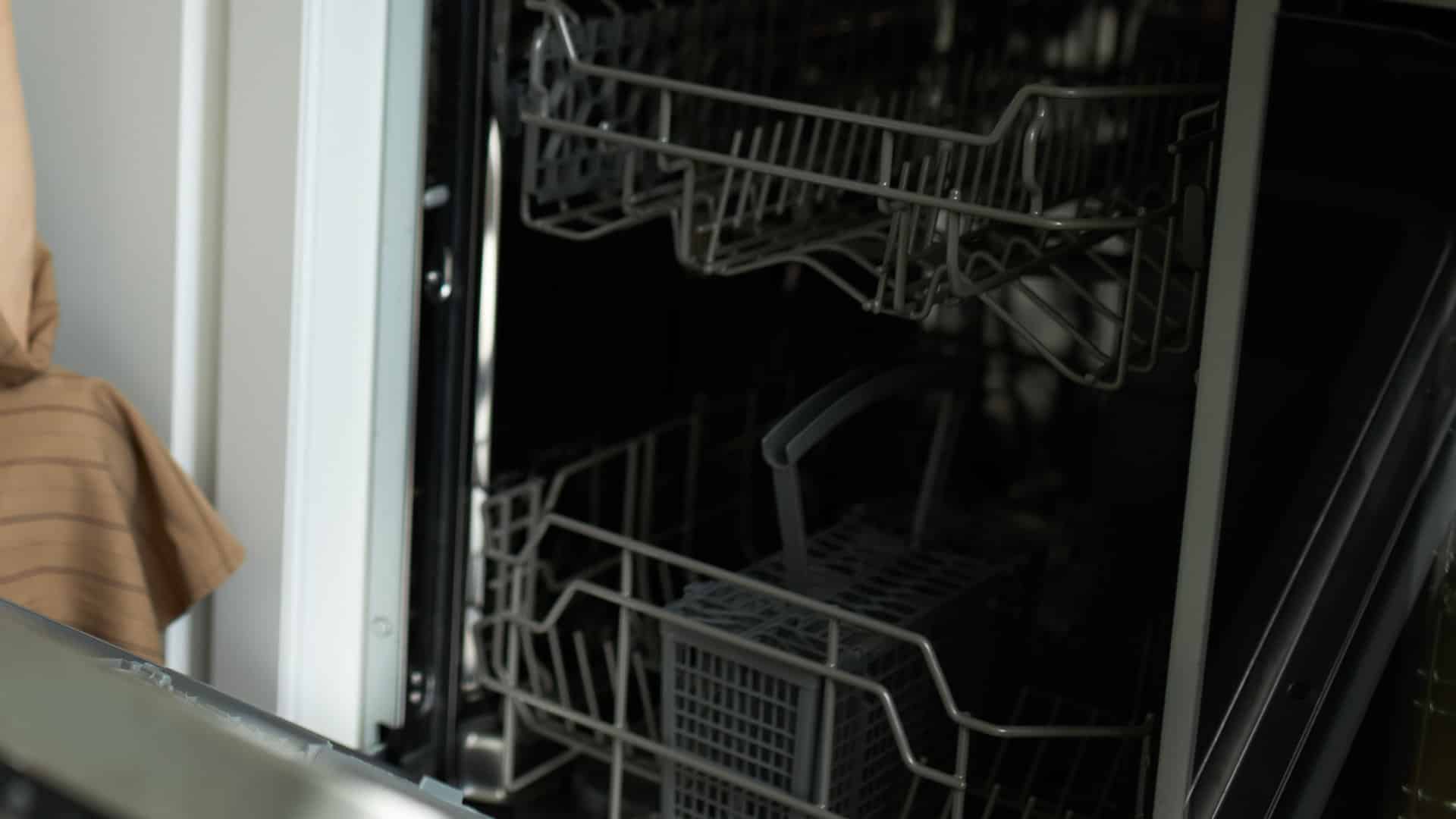
Understanding Frigidaire Dishwasher Error Codes

How to Dry Shoes in Dryer Without Damaging Them
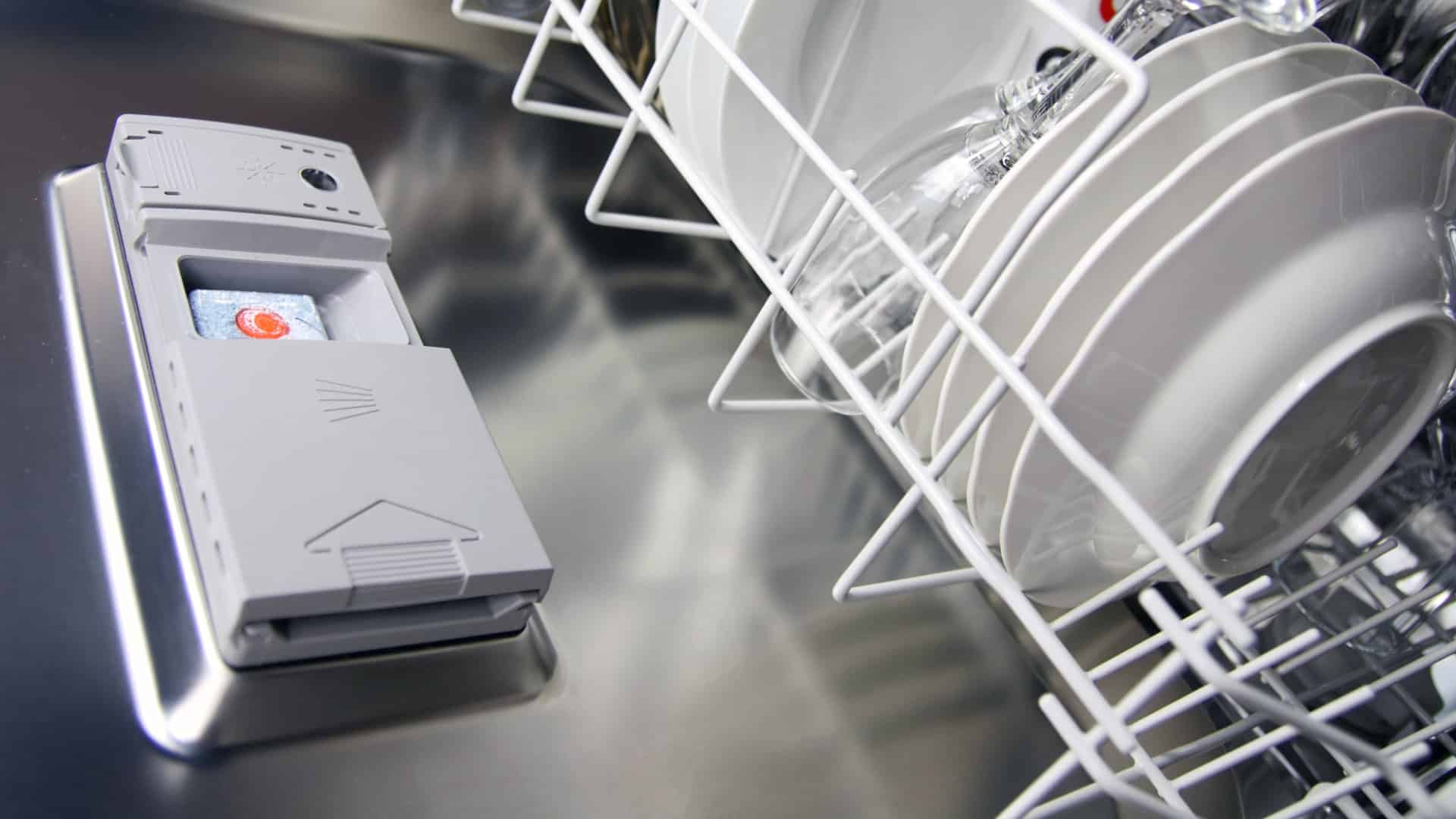
Why Is My Dishwasher Leaking?

How to Solve Electrolux Dryer Error Code E64
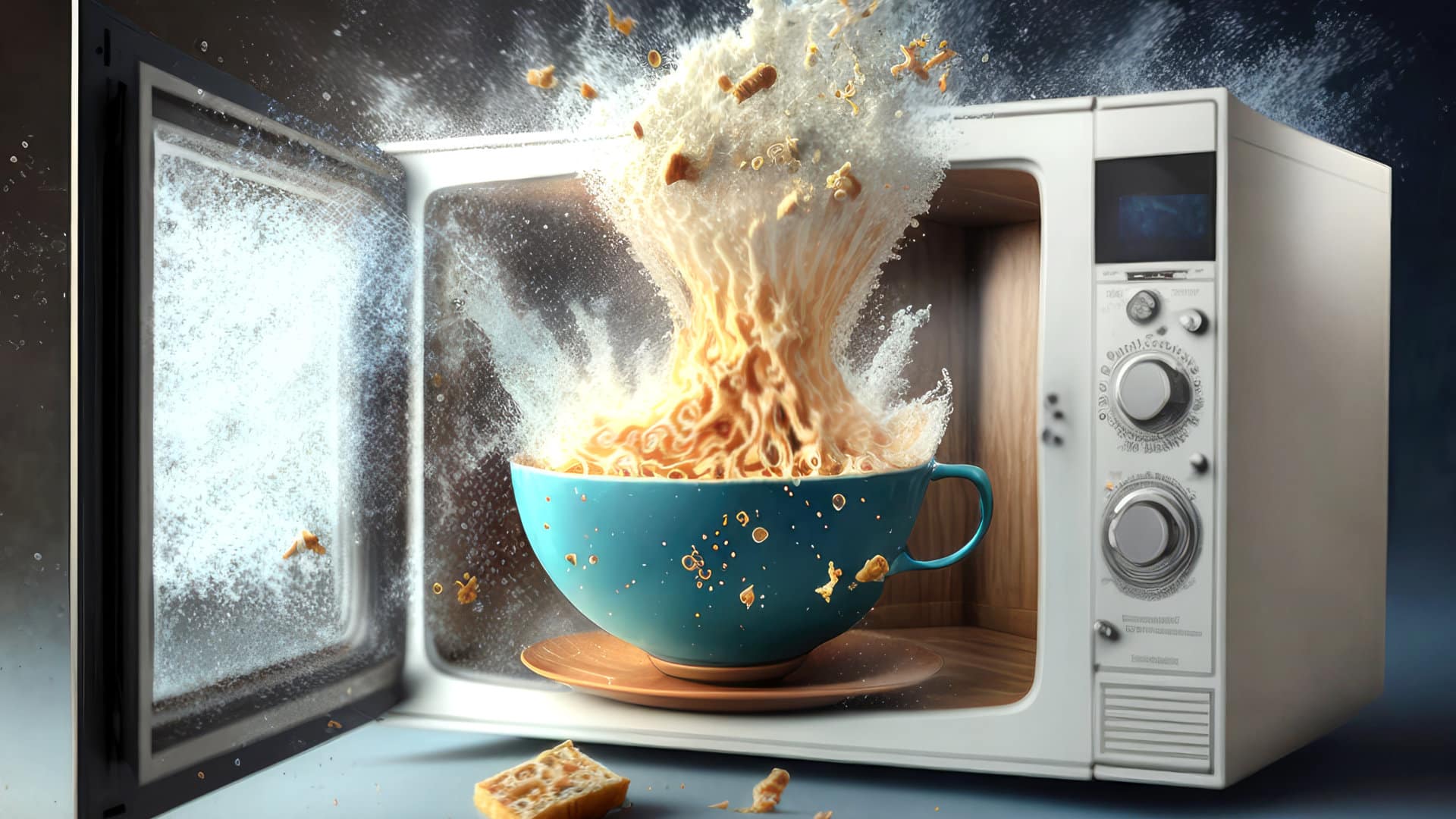
Microwave Light Won’t Turn Off? Here’s Why
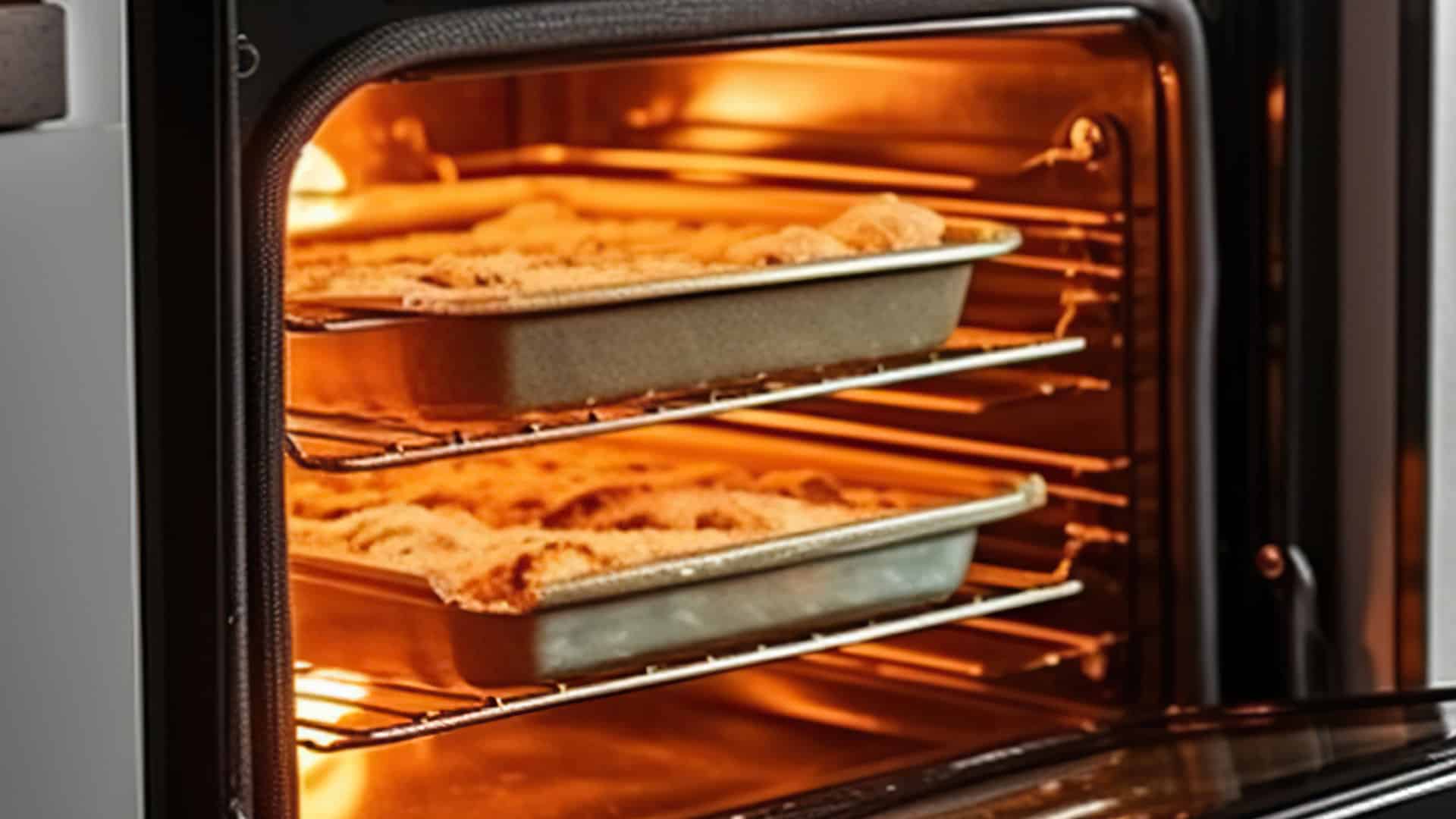
GE Oven F9 Error Code: How to Fix It

How to Use a Self-Cleaning Oven (In 4 Steps)

How To Use a Maytag Top-Load Washing Machine
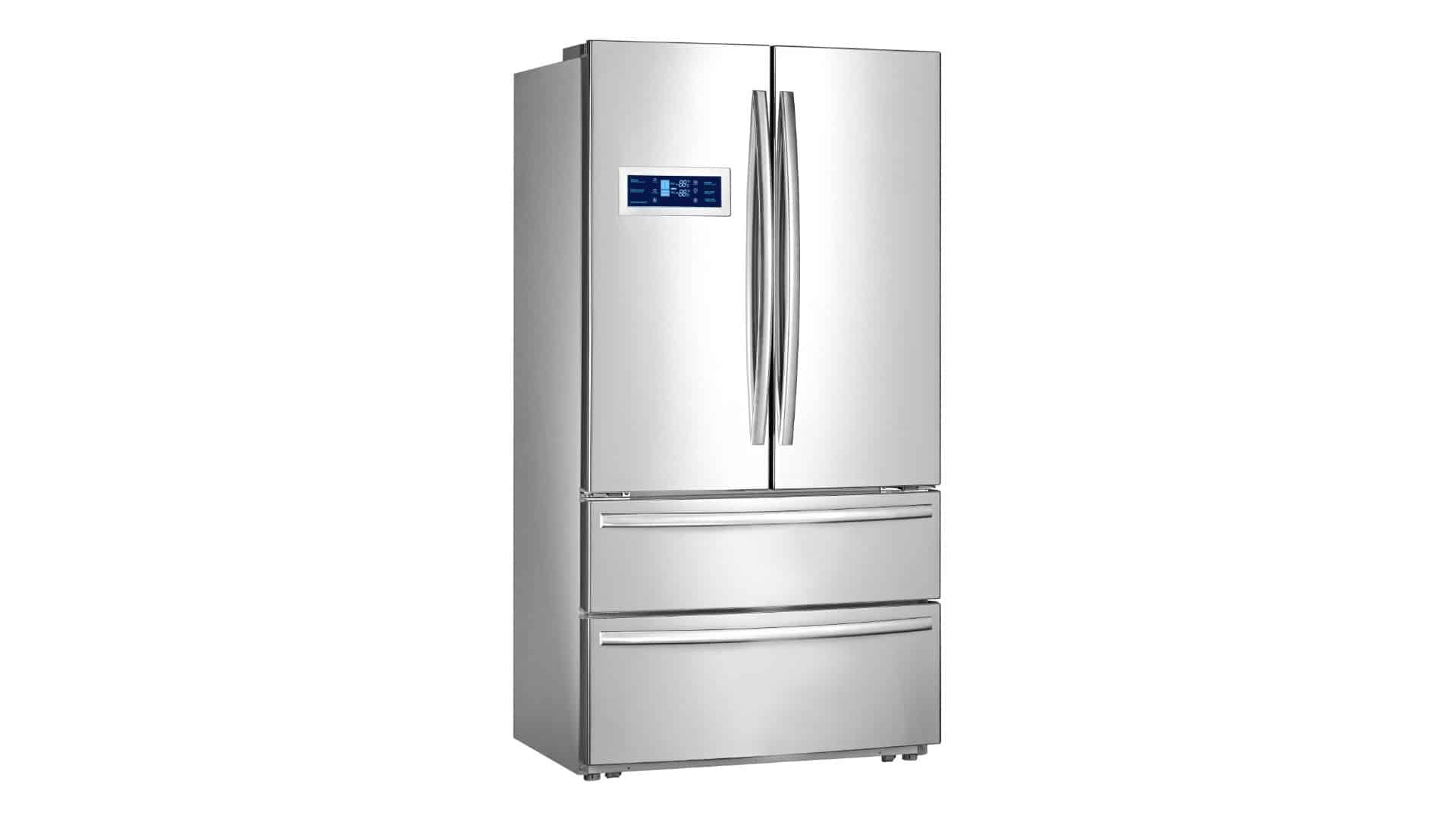
What to Do If Your Samsung Ice Maker Is Not Making Ice

How to Fix a Microwave Turntable That’s Not Turning

How to Wash Pillows in a Washing Machine

How to Fix an Ice Maker That Isn’t Working
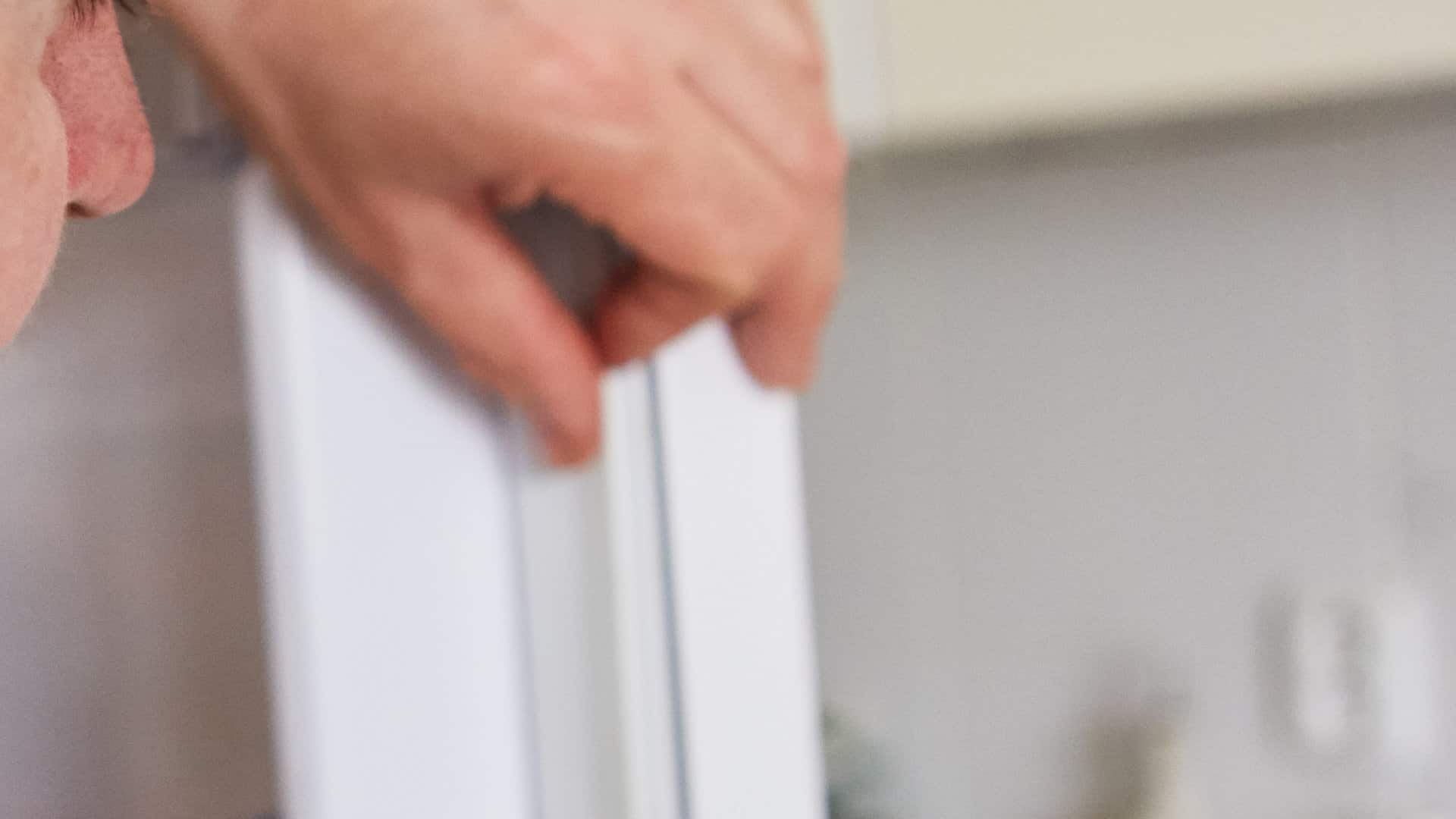
Broken Refrigerator Door Seal? How To Fix It


